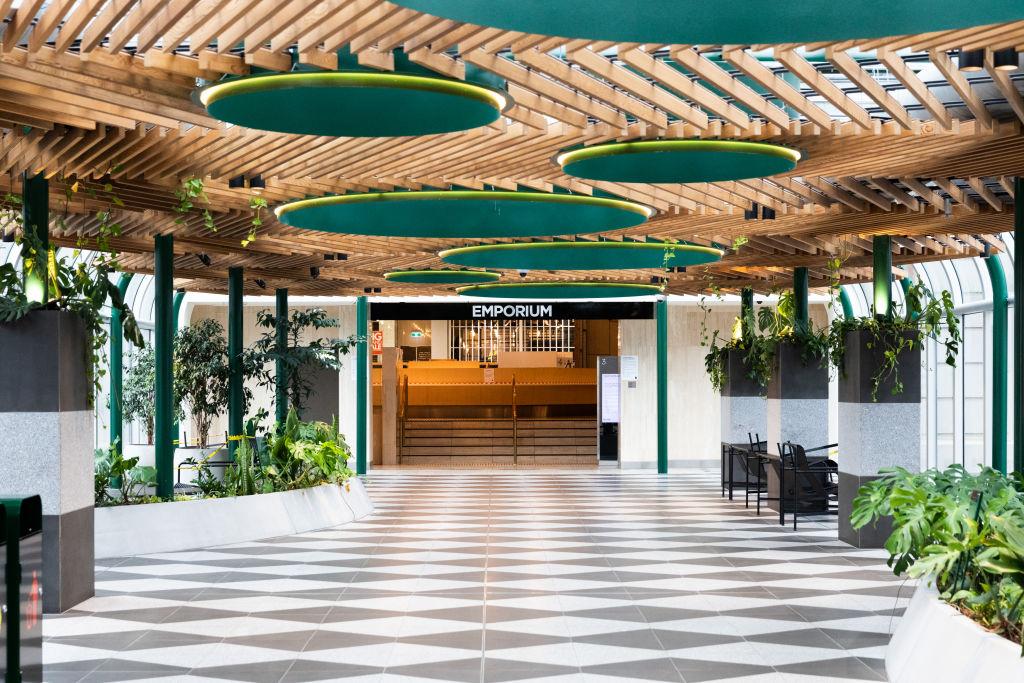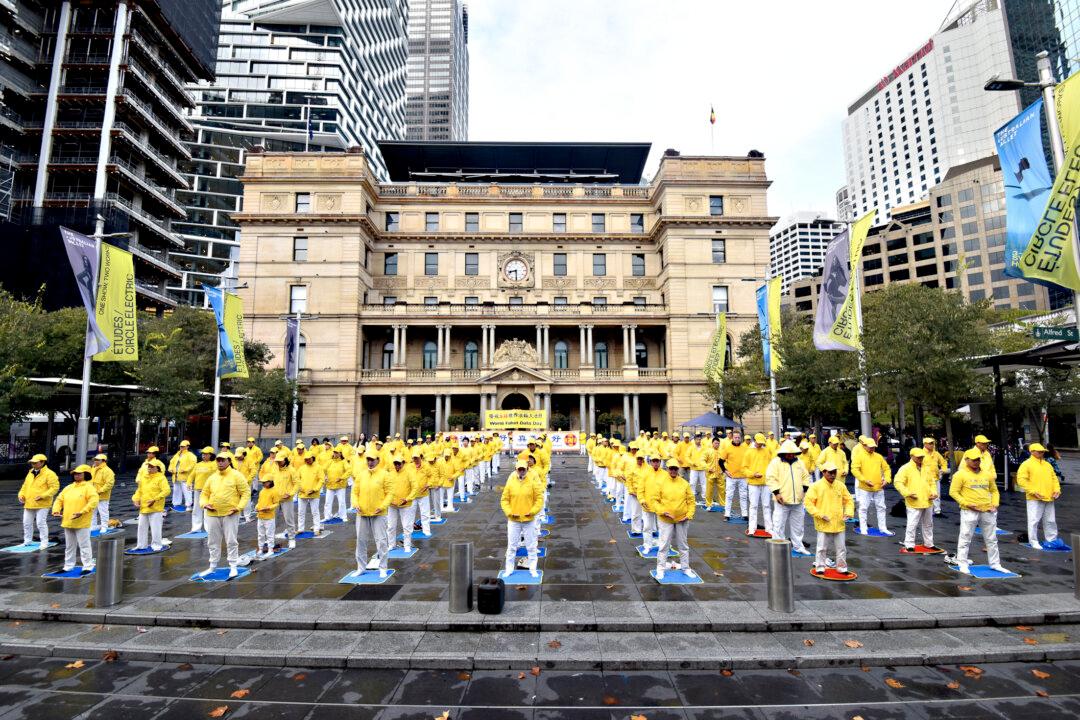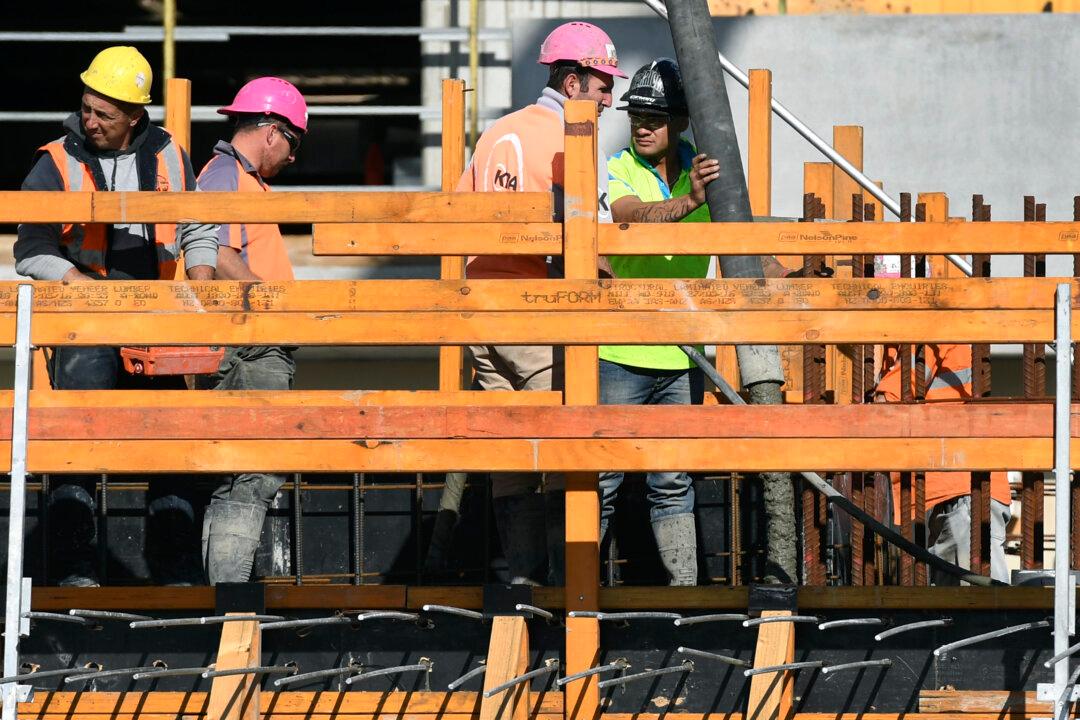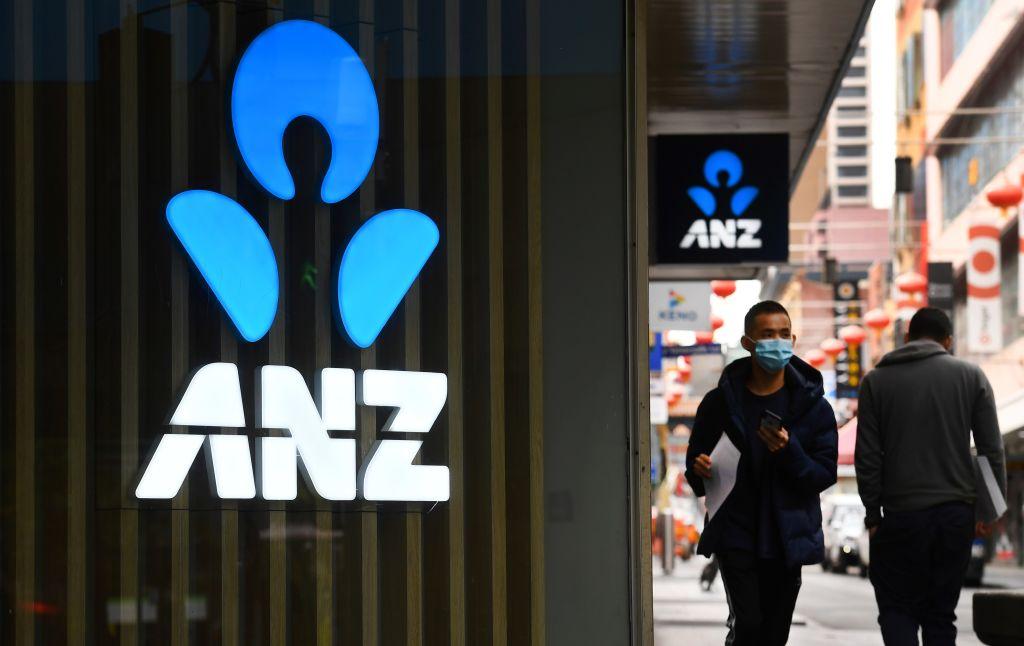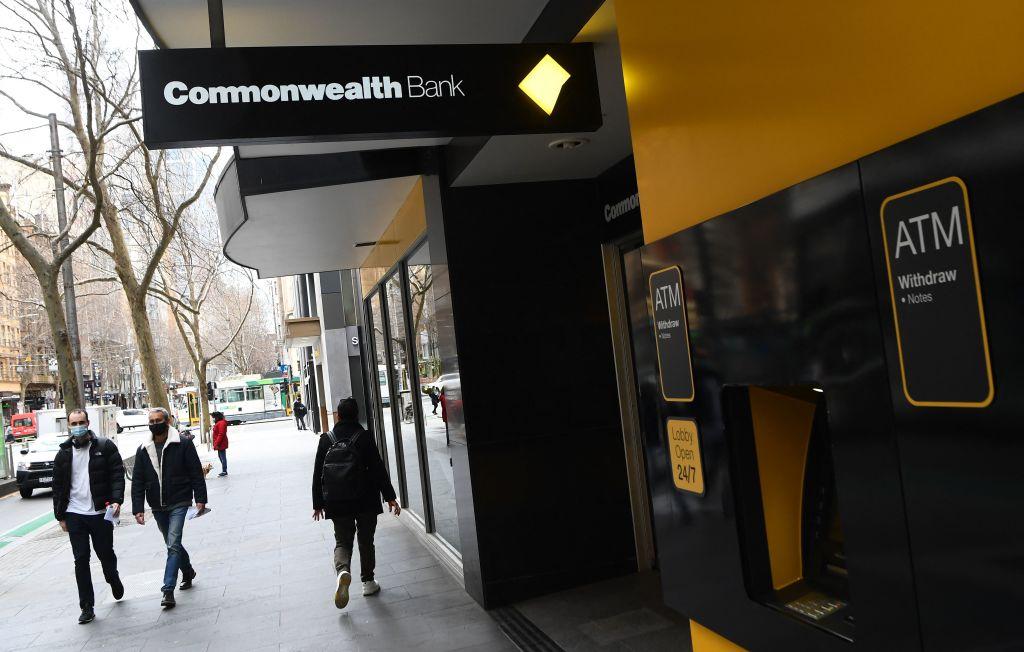Australia’s unemployment is the worst it’s been since 1994, but the treasurer said the government’s $320 billion economic stimulus package provides hope that Australia will recover more quickly once on the other side of the crisis.
The unemployment rate is set to surge to 10 percent—a 26-year peak—in the June quarter. That represents hundreds of thousands of Australians who have lost their jobs because of the crisis caused by the CCP (Chinese Communist Party) virus, commonly known as the novel coronavirus.
